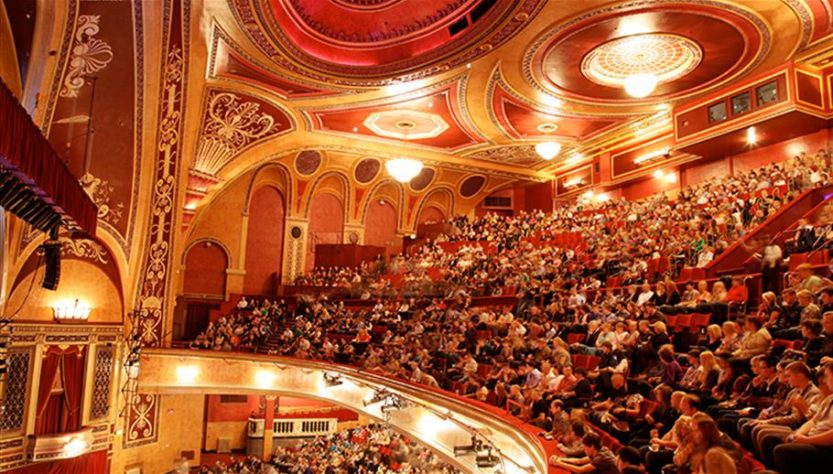At the beginning of the reign of Queen Elizabeth I in England (1558-1603), drama developed very rapidly. Large staging buildings sprang up following the staging buildings that had already been built on the Queen’s initiative. One of the largest staging buildings called the Globe can accommodate 3,000 spectators. The Globe plays dramas by William Shakespeare, a famous English plays for kids who lived from 1564 to 1616.

The characteristics of the Elizabeth theater are:
a) Using plays that tend to be poetic and long.
b) The compilation of manuscripts is freer, does not follow existing laws.
c) Performances take place during the day and do not recognize breaks.
d) The scene is marked by the utterances conveyed in the dialogue of the characters.
e) Female characters are played by boys, not female players.
f) Spectators from various walks of life and enlivened by food and beverage vendors.
g) The style of the show is a combination of mobile theater with the classics of school and academies.
The most famous playwright at this time was William Shakespeare (1546-1616). Besides Romeo and Juliet, Shakespeare also wrote several other drama scripts such as The Comedy of Error, A Midsummer Night’s Dream, The Merchant of Venice, Julius Caesar, Hamlet, Macbeth, King Lear, Richard II, Richard III, Henry V, and so on. In some countries, several play scripts by Shakespeare were translated by their local artists. Other playmakers after Shakespeare were Thomas Dekker, Thomas Heywood, John Marston, Thomas Middleton, and Christopher Marlowe.
Dramatic activities in England suffered a setback when the Puritans in power closed and banned all forms of drama performance. But after Charles II returned to power, he revived drama activities. This phase is called the age of restoration.
The characteristics of the theater during the restoration era are:
a) The theme of the story in general and the audience is familiar with it.
b) Female characters are played by female players.
c) Spectators are no longer all levels of society, but only the middle class and superiors.
d) The theater modeled after the Italian style.

